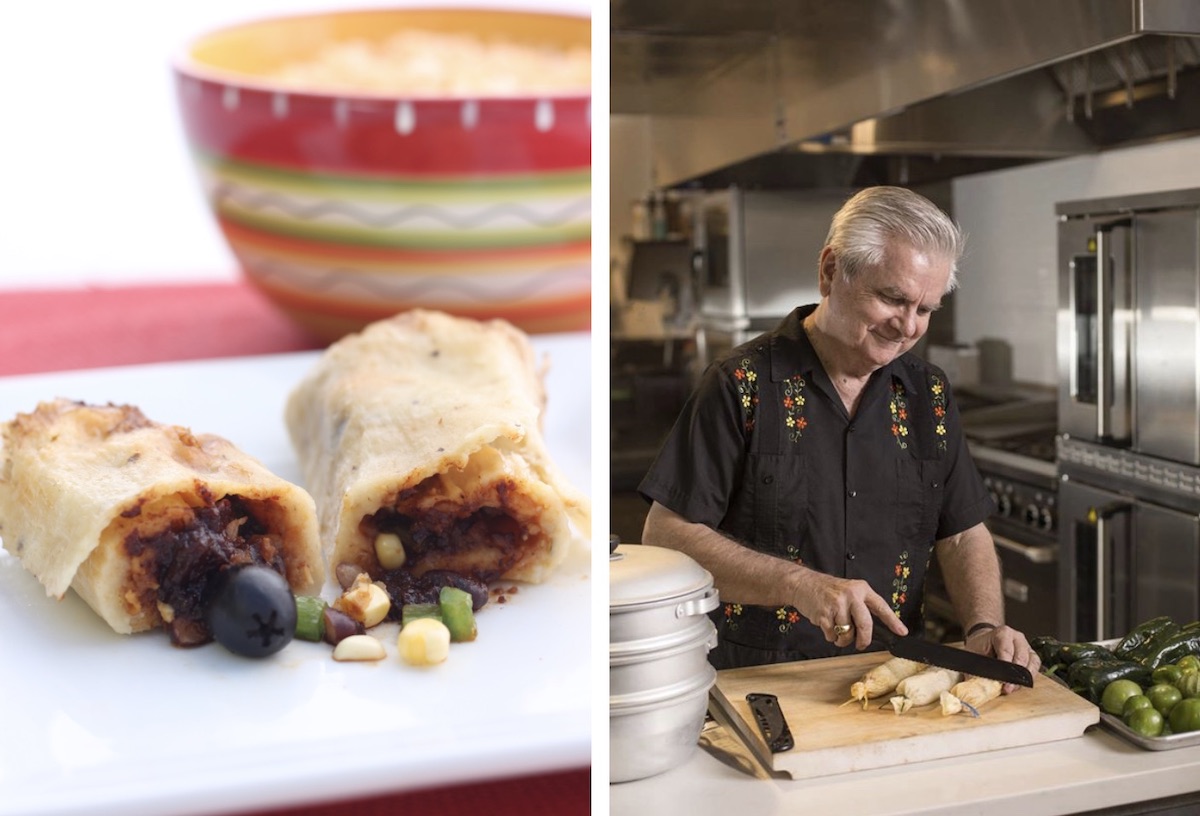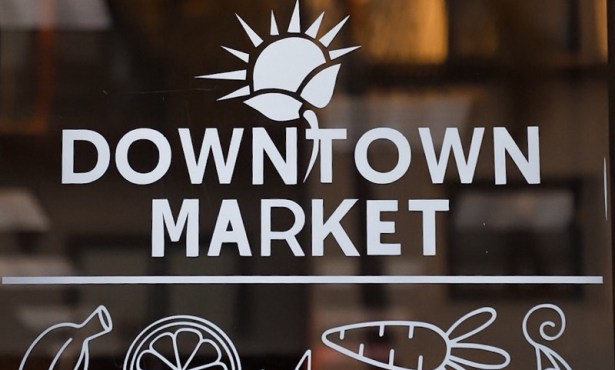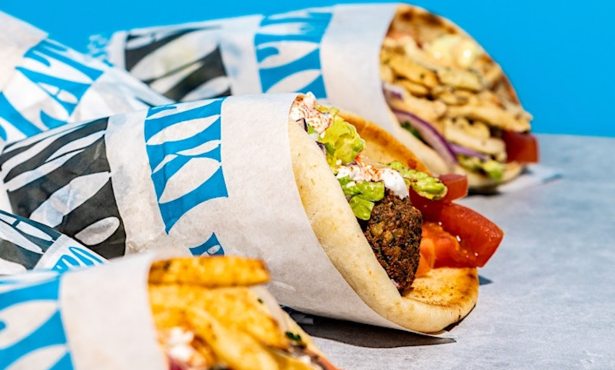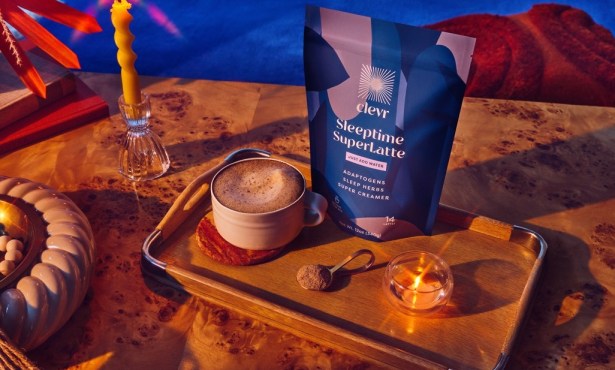Celebrate Tamale Day on March 23
Founder of National Tamale Day Showcases Similar Dishes from Around the World

On March 23, people will be eating tamales all across the country in celebration of National Tamale Day. Back in 2014, I gathered hundreds of signatures from tamale fans, and then submitted them with an application to Chase’s Calendar of Events, the global authority on special holidays. That’s how National Tamale Day came to be celebrated for the first time in Santa Barbara on March 23, 2015.
Word spread quickly, and now tamale shops and restaurants in almost every state contact me this time of year, looking for ways to celebrate this holiday about the traditional Mexican treat. Of course, the best way is to eat one.
People have been making and eating tamales for more than 7,000 years, so I like to say that tamales are the original comfort food. But over the centuries, the basic formula has come to be known by many different names, with ingredients that reflect what’s available locally. Here are a few of my favorite examples from Central and South America.
Get the top stories in your inbox by signing up for our daily newsletter, Indy Today.
Belize: Known as darasas, Belize tamales don’t use any corn products. Instead, they incorporate green bananas and coconut milk. Grated bananas, coconut milk, salt, and orange juice form the dough, which is often served with fish or soup.
Chile: Strictly speaking, humitas aren’t tamales, but the cooking process is similar. They’re wrapped with corn leaves, usually seasoned with basil, and not filled with meat, so the focus is the sweet, starchy taste of the masa. Humitas are also often topped with pieces of onion and tomato.
Colombia: Usually served warm with butter and cheese, bollos de Mazorca are a traditional tamale-style Colombian dish that uses fresh corn wrapped in corn husks and steamed.
Guatemala: What makes paches unique is the sauce that’s used to make them, called recado. Instead of corn, paches use mashed potatoes, along with optional ingredients like achiote powder, allspice, and lard and are stuffed with tomatoes, green onion, garlic, bell peppers, and chiles, sometimes with chicken or pork.
Nicaragua: Nacatamales are wrapped in plantain leaves, and there’s nothing snack-sized about them. Their healthy doses of masa are filled with rice, pork, tomato, olives, potatoes, and raisins.
Venezuela: December is hallaca season in Venezuela, where masa surrounds stewed meats, red bell pepper, olives, almonds, raisins, and onions, though ingredients vary. After being assembled and wrapped in two layers of plantain leaves, hallacas are steamed or boiled.
See facebook.com/nationaltamaleday.
Every day, the staff of the Santa Barbara Independent works hard to sort out truth from rumor and keep you informed of what’s happening across the entire Santa Barbara community. Now there’s a way to directly enable these efforts. Support the Independent by making a direct contribution or with a subscription to Indy+.



